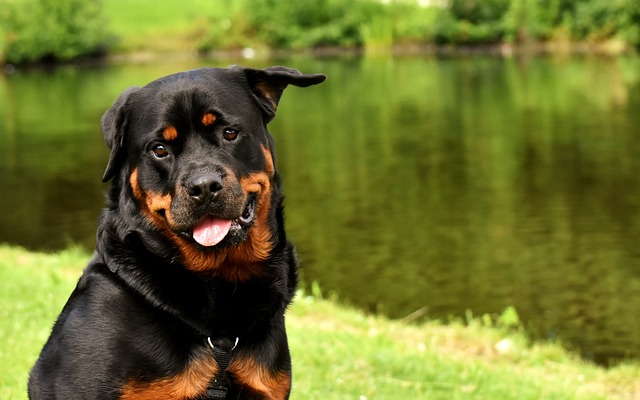
How do i train my dog to be obedient?
Watching your dog dart across the park ignoring your calls isn’t just frustrating—it can put them at risk near busy streets or public spaces.
If you live in a high-rise apartment or a home without immediate yard access, training pads can feel like a lifesaver during the potty training phase. While the ultimate goal might be for your puppy to do their business outdoors, pads offer a fantastic interim solution that aligns with their biological needs. The key to success isn't just placing a pad on the floor; it's about creating a consistent, positive routine that helps your puppy understand exactly where it's appropriate to go, reducing accidents and building their confidence.
Puppies have a natural instinct to avoid soiling their immediate sleeping and eating areas. We can leverage this by making the potty pad the most appealing spot in their designated zone. The core scientific principle here is supervised management and positive reinforcement. This means rewarding the behavior you want to see—every single time. It is absolutely crucial to avoid any form of punishment for accidents. Rubbing a puppy’s nose in it or scolding them is not only ineffective but is also culturally frowned upon and can be reportable under animal welfare guidelines in many U.S. states. These actions teach your puppy to fear you and may lead them to eliminate in hidden, hard-to-reach spots, making training far more difficult.

Start by confining your puppy to a small, puppy-proofed area, like a playpen or a gated section of your kitchen, with their bed at one end and the training pad at the other. Puppies typically need to eliminate after waking up, after eating, and after a play session. At these key moments, gently guide them to the pad and use a simple cue word like "Go potty." When they successfully use the pad, celebrate immediately with a high-value treat and enthusiastic praise. For apartment dwellers, this method is invaluable for preventing accidents on shared hallway carpets or expensive hardwood floors, protecting your security deposit and your relationship with your neighbors downstairs.
Your potty training routine exists within a framework of broader community responsibilities. Remember, even if your puppy is primarily using indoor pads, they still need to be properly vaccinated according to your local laws before you can safely take them to public outdoor spaces for socialization. And when you do begin the transition to going outdoors, the rules of civic duty apply immediately. Always carry a supply of biodegradable bags. Cleaning up after your dog in public parks, on sidewalks, or in common areas is not just a common courtesy; it is a strict legal requirement in most American and European cities. Being a responsible owner who diligently cleans up is the best way to ensure that dogs remain welcome members of your community.

Watching your dog dart across the park ignoring your calls isn’t just frustrating—it can put them at risk near busy streets or public spaces.

New puppy owners often find themselves rushing to clean up accidents before they set in, and that’s where puppy pad training becomes a game-changer.

If you've noticed your dog's waistline disappearing and your veterinarian has mentioned those few extra pounds, your first instinct might be to simply reduce the amount of food in their bowl.

Training a dog to use a designated spot indoors isn’t as daunting as many new owners fear, but it does take consistency and an understanding of your pet’s needs.

That moment of dread on a walk is all too familiar for many new dog owners. You see another dog approaching down the sidewalk of your neighborhood

If the sight of another dog on your neighborhood walk makes your heart sink as your own dog erupts into a frenzy of barking and lunging, you're not alone.